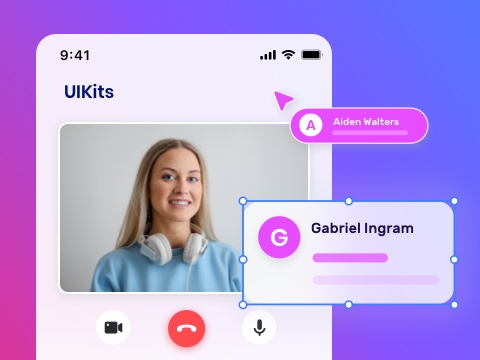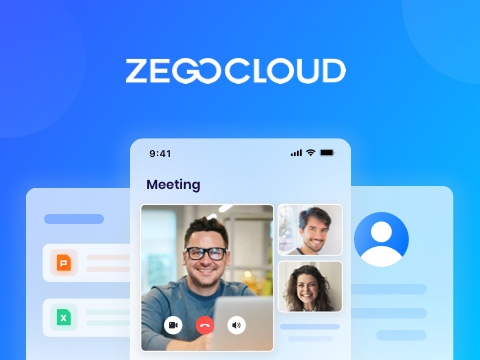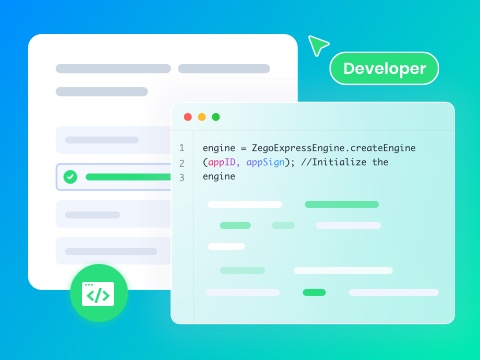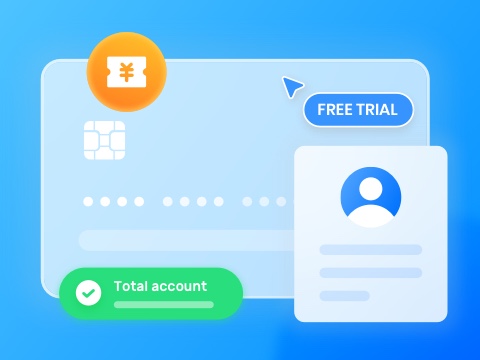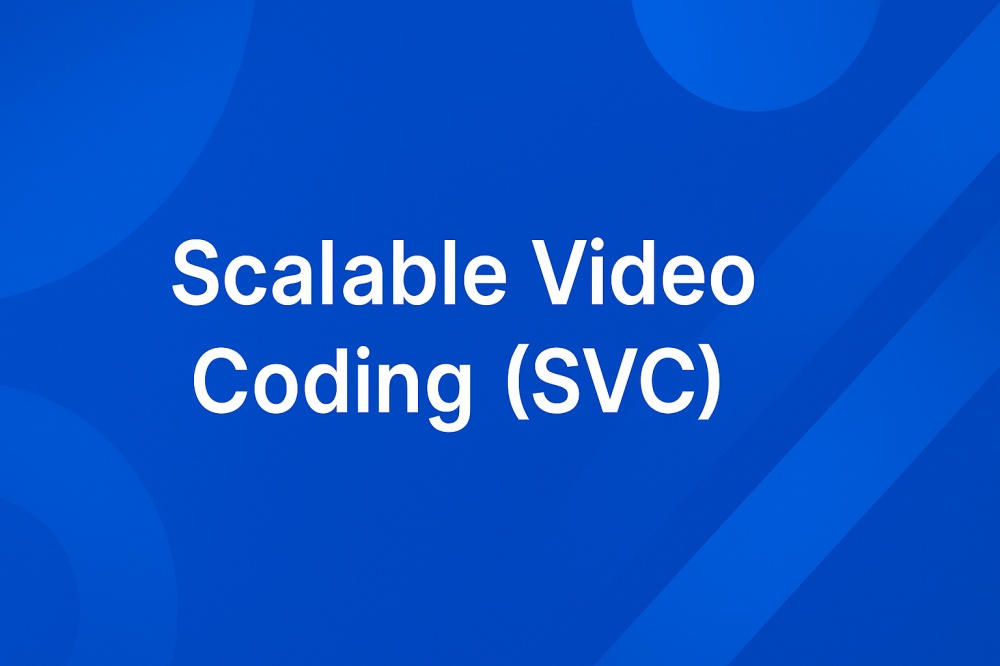Have you ever been on a video that lags or becomes blurry? The main reason behind this is that your network connection is not strong enough to maintain high-quality video. That’s where scalable video coding becomes useful, as it helps to keep the video quality according to your network connection. In this article, we will learn about SVC and how the platform allows us to achieve it.
What is SVC Scalable Video Coding?
When answering “What is SVC?”, know that it is an innovative video compression tool that breaks the video into several layers using the H.264 video standard. This means creating various versions of video for multiple networks and devices. Meanwhile, a particular SVC video can adapt to different conditions.
For instance, if a user’s internet slows down, the system can switch to a lower layer without needing to re-download or re-encode the video. This makes SVC very useful for video conferencing, streaming, or any real-time communication. Besides, it reduces the need for high bandwidth and allows devices to receive video at a certain quality that can be easily handled.
How Does Scalable Video Coding Work?
SVC works quite simply, and while exploring what SVC is in audio, remember it mainly consists of 3 main components: Publisher, SFU, and Playback Devices. To determine how these components further operate, adhere to the given details:
1. Publisher
It uses a layered structure that divides the layers to encode a video stream. This process starts with a Base Layer, which consists of important video content at low resolution and frame rate. Enhancement Layers are added afterward to improve the video quality and motion smoothness; in turn, these two layers are combined into a single stream video. These videos are then sent according to the device performance and the network connectivity.
2. SFU
After the encoding process, this feature selectively forwards the necessary video layers to each viewer. Users with a fast internet connection receive a fully streamed video with high resolution. However, one with low internet speed only gets the base layer with low resolution. This feature uses efficient bandwidth to ensure the user’s device and network capacity before sending the video layers.
3. Playback Devices
This component uses inter-layer prediction to improve compression and reduce redundancy. The enhancement layer extracts the motion vectors and texture from the base layer and improves its quality. SVC helps to reduce the device efforts and stream size by allowing layers to borrow the data. This method provides faster decoding while using less bandwidth and smoother transitions between layers when device or network conditions change while playing the video.
Benefits of SVC Scalable Video Coding
After understanding the workings of scalable video coding, let’s now learn about the advantages of video streaming and communication.
- Smooth Streaming Anywhere: It allows the video to play smoothly without any lag, even on a poor network connection. That’s why it adjusts the video layers in real-time by matching the network bandwidth to provide an uninterrupted experience to the user on all network types.
- Optimized Data Usage: To reduce unnecessary data transfer and avoid wasting internet bandwidth, SVC sends the video quality according to the user’s device. In addition, users with limited internet connections can enjoy video without consuming a large amount of network bandwidth.
- Device-Friendly Experience: As scalable video coding works across different kinds of devices, it automatically chooses the video quality suitable for your device without making it slow. This means that the users can enjoy the smooth video on their device without upgrading it to high-end hardware.
- Flexible Multi-User Support: During a conference video call, SVC sends different layers of videos to each participant depending on their device and network connection. This results in maintaining balance and quality in large video meetings without causing any issues.
- Faster Video Startup: The playback of video on a system starts with basic quality but further improves as more layers are added. Similarly, SVC loads smaller base layers at the start of the video rather than waiting for the full quality.
User Cases of SVC Scalable Video Coding
To improve the communication quality and user experience under different network connections, SVC is widely used across various platforms, which are as follows:
1. Online Education
During virtual classes, teachers and students join using different devices and networks from various locations. Here, SVC audio ensures that each participant receives the audio and video quality according to network connection strength and device performance. This results in less disturbance and a better learning experience for every participant in the virtual classroom.
2. Remote Work and Business Meetings
SVC adjusts the video quality for each employee in a virtual meeting according to their location, with varying network strength. It sends only the video layer that each participant can handle, which enables every team member to stay connected, resulting in smooth collaboration and clear communication.
3. Live Streaming and Webinars
Content creators often provide streaming videos to the audience using platforms that support different devices and network speeds. SVC scalable video coding divides the stream videos into layers so that viewers with strong internet connections can view high-quality layers. In contrast, the rest can view the basic layer, which results in helping everyone connect without delays.
4. Healthcare and Telemedicine
To provide a clear and consistent visual interaction during medical treatment, SVC plays an important role. It adjusts the video and audio clarity to match the network connection status for the doctor and the patient.
5. Online Gaming with Video Chat
SVC lowers the resolution and bitrate of the video layer to keep the video chat smooth without lagging the game or breaking the connection. This helps the gamers use video chat during their gameplay for instant communication with friends and teammates.
Scalable Video Coding and WebRTC
To deliver smooth videos and audio communication over the internet, scalable video coding and WebRTC play an essential role. WebRTC allows instant video calls in a web browser without needing any external software. When combined with scalable video coding, it adjusts the video quality according to network and device performance. This makes the video call more stable and precise, helping the user enjoy reliable videos.
Furthermore, SVC helps WebRTC send only the video layers to each device that it can handle. Users with a strong network get high-quality video, while users with a weak network get a basic video layer. Ultimately, WebRTC makes the call smoother for everyone with the help of SVC. Together, SVC and WebRTC can make group meetings, classes, and live events more effective and available across all devices.
Getting Started with SVC: ZEGOCLOUD’s Approach to Real-Time Video
People who are looking to add SVC to their communication platforms can take advantage of the services provided by ZEGOCLOUD. Its simple integrations add innovative video streaming and calling features to the platforms. The platform forwards the streams to its own or third-party CDNs for extensive distribution in 212+ countries. Its CDN-powered Live Streaming SDK offers a low latency of 600ms while supporting protocols like RTMP and HLS.
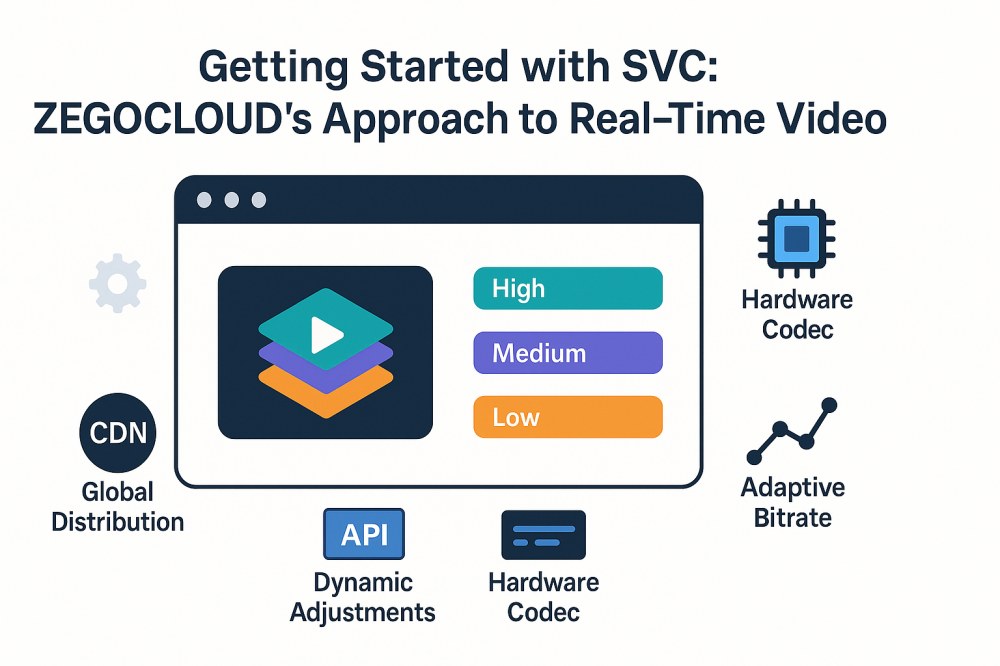
The global coverage and content distribution also help with scaling by allowing over 10 million people in a single stream. It also uses H.265 along with H.264 for better and enhanced compressing of streams without losing their quality. Even under weak network conditions, the platform’s integrations ensure a 70% packet loss rate. It also provides APIs for dynamic adjustments to automatically lower the resolutions and frame rate.
Furthermore, for efficient encoding and to reduce CPU usage, ZEGOCLOUD allows enabling hardware codec. Once you enable SVC with ZEGOCLOUD, your apps will be able to select the video quality layer automatically according to network conditions. Similarly, since it leverages adaptive bitrate and QoS algorithms, they also help with adjusting the stream quality and scaling the video streams.
Conclusion
In conclusion, SVC effectively provides smooth video streaming across different platforms and devices, helping improve the video by enhancing quality based on network speed. From live events to virtual conferences, scalable video coding maintains reliable performance even in a bad network connection while decreasing buffering and maintaining video stability. Using tools like ZEGOCLOUD makes it simpler to apply scalable video coding for instant communication apps.
FAQ
Q1: What is scalable coding?
Scalable coding refers to the ability to encode media in such a way that parts of the data can be removed (or added) to adjust the resolution, frame rate, or quality. In video streaming, this enables dynamic adaptation to bandwidth or device capabilities by selecting the appropriate layer.
Q2: What is the difference between Versatile Video Coding (VVC) and HEVC?
Versatile Video Coding (VVC), also known as H.266, is the successor to HEVC (H.265). VVC offers improved compression efficiency—around 50% better than HEVC—while supporting a broader range of formats such as 8K, 360° video, and high-dynamic range (HDR). However, it requires more computational power for encoding and decoding.
Q3: What is the difference between simulcast and SVC?
Simulcast involves sending multiple independent video streams at different qualities, allowing each client to choose the most appropriate one. In contrast, SVC sends a single stream with multiple quality layers, from which clients can extract the appropriate level. SVC is more bandwidth-efficient but requires more advanced support on both the encoder and decoder ends.
Let’s Build APP Together
Start building with real-time video, voice & chat SDK for apps today!


